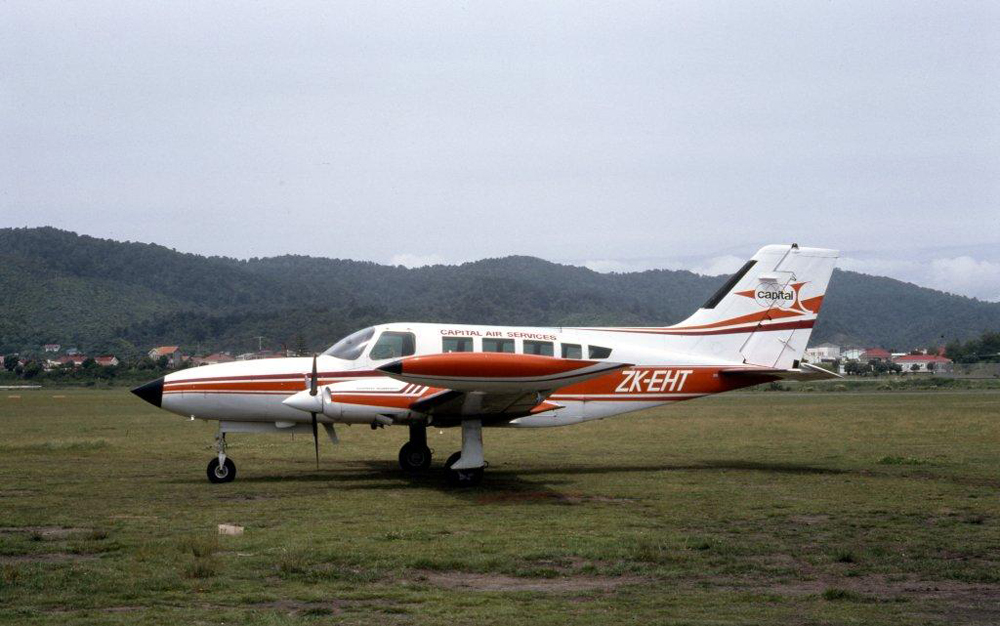Crash of a Cessna 402B near Lawas: 8 killed
Date & Time:
Feb 3, 1986 at 1930 LT
Registration:
M27-01
Survivors:
No
Schedule:
Sandakan – Labuan
MSN:
402B-0893
YOM:
1975
Crew on board:
2
Crew fatalities:
Pax on board:
6
Pax fatalities:
Other fatalities:
Total fatalities:
8
Circumstances:
The aircraft departed Sandakan Airport on a flight to Labuan, Federal Territory of Labuan. On approach, the crew encountered poor visibility due to bad weather. While descending by night, the aircraft struck the slope of Mt Bukit Ibol located about 12 km east of Lawas, Sarawak. The wreckage was found a day later about 55 km southeast of Labuan Airport. The aircraft was destroyed and all eight occupants were killed.
Probable cause:
The crew continued the descent below minimum safe altitude in low visibility until the aircraft struck the ground.





